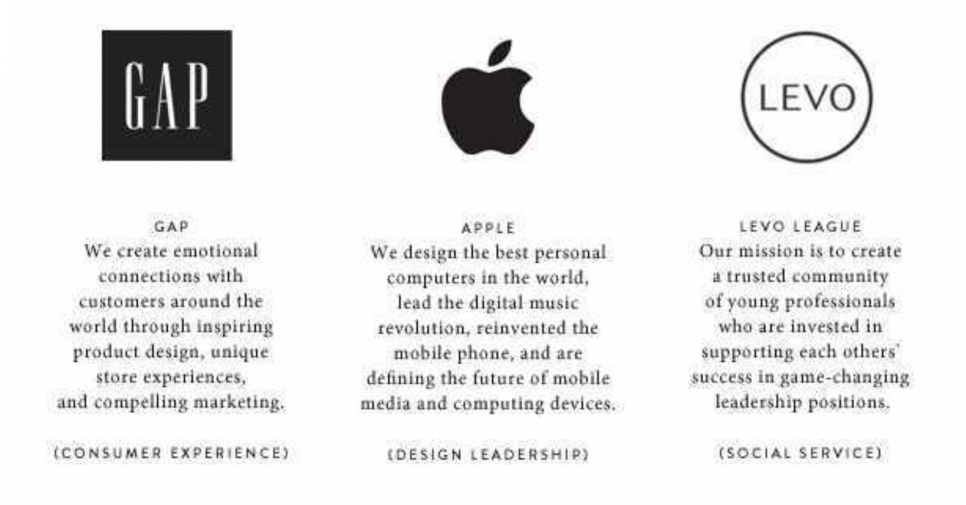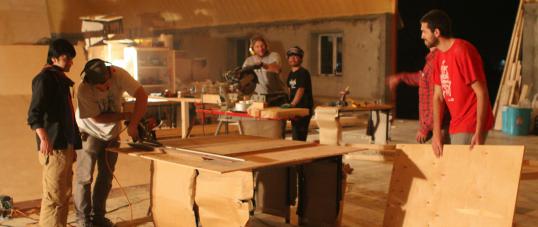Organizational Capacity
Building up your Skate Project’s Capacity
This toolkit will give a brief overview on developing your skate project’s capacity, structures, and sustainability. It will touch on your project’s mission (the change you hope to make!), strategic planning, staffing options, and governance.
Many skateboarding-for-good projects begin as grassroots initiatives run by a few dedicated volunteers. In the early stages, a lot can get done with limited time spent on planning and paperwork. As your project grows, however, you can start feeling overwhelmed and pulled in a million different directions.
Getting your ideas out of your heads and written down on paper can be one of the most important steps to sustainability and growth, and can help your team be motivated towards a common goal.
Your Mission, Vision & Values
 Clarifying what your project’s mission, vision and values are can be really useful for two main reasons:
Clarifying what your project’s mission, vision and values are can be really useful for two main reasons:
- Internal: Making sure your whole team, including new staff/volunteers, knows your project’s aim and future direction.
- External: Sharing your work more clearly with people outside of your project, such as donors, community members, media, and partners.
Even if you already have your mission, vision and values documented, it’s worthwhile reviewing these every 5 years or so to ensure they’re still relevant.
Mission Statement
A mission statement is the core aim of your project in one sentence. Every skate project is unique, with its own mission. You can help define this by answering the questions below.
- What does success look like for your project?
- What “business” is your project in (even though it’s not-for-profit)?
- Ie. Community building, skateboard teaching
- Who are your “customers”?
- Ages / Locations / Genders / Backgrounds of those you serve

Some example mission statements for companies.
Values:
These are the 3-5 main principles that guide how you run your organization. They are the foundations of your skate project’s culture, from the programs/activities you do to the day-to-day management. Here are some examples:
- Save the Children’s values: Accountability, Ambition, Collaboration, Creativity, Integrity
- Lufthansa’s values: Team Spirit, Quality Leader, Individual Care
Vision Statement:
This is your ambitious, big picture “end goal”. It should capture how the future will look for the community your skate project works in, usually in 5 to 10 years time.
Key Competencies:
A useful guiding element when thinking about your mission and vision is to first identify what makes your skate project special and different from others doing similar work. As a team, ask yourselves:
- What is your organization best at?
- What sets your skate project apart from others?
- Note: this could simply be that you are the only one working in a particular community
Planning for the Future
Creating a “strategic plan” is a great way to put down your organization’s ideas on paper, and make sure all team members are headed in the same direction. Most strategic plans are for 3 or 5 years. For new or smaller skate projects, things change so fast that a 3-year plan is a good starting place.
Strategic Planning Tips:
- Bring as many of your team members together as possible, including all decision-makers
- Take a look at your vision statement (where you want to be in 5-10 years) and brainstorm as many activities/projects that would help you to get there
- In the brainstorming phase, resist the urge to criticise ideas as unrealistic or silly, and try to encourage people to come up with as many ideas as possible
- It can be helpful to group ideas these under work streams (ie. operations, communications, admin (legal/finance), fundraising, programs)
- Then, as a group, decide on which activities/project are essential to do
- At this point be ruthless: cut out any activities which are non-essential to meeting your mission and vision
- It can be helpful to decide as a group whether each activity will realistically happen in the “Short-term”, “Medium-term” or “Long-term”
- Assign a person to be responsible for each project
Once you’ve come up with activities and projects to pursue, put them into a short Strategic Plan document and share with the entire team (see 1-page examples here). This will also be a useful document for sharing with partners and supporters to show your organization’s ability to plan ahead.

You can also include a visual chart (like 2013 example from Skateistan) in your Strategic Plan.
Organizational & Governance Structure
Most skateboarding projects are founded in the DIY spirit, with skaters coming together for a common cause without thinking about hierarchy or structure. However, if your organization starts to grow and become more formalized with official legal entities and charitable status, there will come a time when you need to clearly document:
- Your Organizational Structure: the staff and volunteers running the day-to-day activities
- Your Governance Structure: how your organization’s accountability is overseen, usually by a Board of Directors

2012 Skateistan example, showing connection between governance (Advisory Board) and organization
In order to make an organizational chart (also called an “organigram”) for the first time, you’ll need to ensure that all the key roles in your project have job titles. There can be multiple people in your team with the same title, like “Skate Teacher”, but especially those managing the project should clarify their roles and think about how responsibilities can be distributed the most efficiently, with people working in their areas of strength and expertise.
- Tip: If you’ve drafted your vision and/or strategic plan, think about how the staffing needs of your project might need to change or grow in the long term, and try to create your organizational structure to reflect this.
Example: Skateistan South Africa’s Organizational Structure (2017)

Sustainability
A last important point for the management of your skate project is sustainability, which means the ability to continue something at a certain level over time. Many skate projects rely on volunteers both for short-term projects like skatepark builds, and ongoing support as skate teachers or coordinators.
If you would like your skate project to continue long-term, here are a few questions that can help you assess the sustainability of your current set up:
- For long-term volunteers, do you have clear policies and structure, including an agreement that specifies expectations on time commitment (including start/end date)?
- If not, check out our Volunteer Agreement Template here!
- If your leadership team are volunteers, is this realistic to continue indefinitely?
- If not, do you have a plan to fund salaries or handover responsibilities?
- If your project is run by foreign staff/volunteers, do you have a plan for handover to a local team?
- What funding needs are required to carry out your vision and keep your regular activities running?
Next Steps:
-
Use our handy 1-page worksheet to clarify your project’s mission/vision/values and identify your organizational Strengths, Weaknesses, Opportunities and Threats.
-
If you don’t yet have a job description for key members of your team (including yourself!), take 30-60 minutes to sit together and write out the key work tasks that each person is doing. It’s normal if some areas (ie. teaching skating, social media) are covered by more than one person. Feel free to put your notes into this Job Description Template if it’s helpful.
